

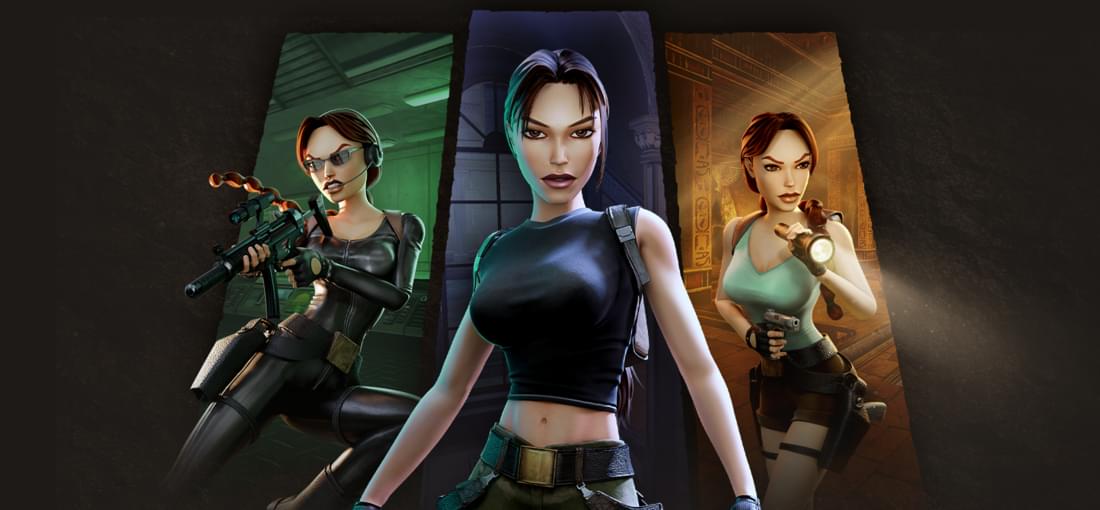
This review is based exclusively on Last Revelation. If you've played the first remaster (for which I left a glowing review), you know more or less what to expect, but understand that this one takes it even further in terms of graphic upgrades. In many places, the walls, floors, and ceilings have extra 3D geometry added—for example, cave walls are now irregularly shaped instead of perfectly flat, and rough rock edges are no longer perfect straight lines. Of course, this is merely cosmetic and doesn't affect gameplay. This is in comparison to the first remaster, where they only ("only") upgraded the texture resolution and added extra fluff (e.g., foliage) to the levels. In TLR, caves look like caves, buildings look like buildings, wall reliefs are actually 3D instead of all being the same flat grid geometry with different textures. This is on top of more added effects than before, with the train level and Giza particularly standing out. The first time I experienced those levels, I just stopped and stared at the graphics for a while. If we had gotten the (proper) PS2 Tomb Raider I always wanted as a kid, I think it would have looked like this. The one caveat is that this new level of detail isn't everywhere; some areas are like the previous remasters, with only texture upgrades on walls, floors, and ceilings. Aside from that, all the good stuff from the previous remasters is there. Wait for a non-sale and buy at full price.
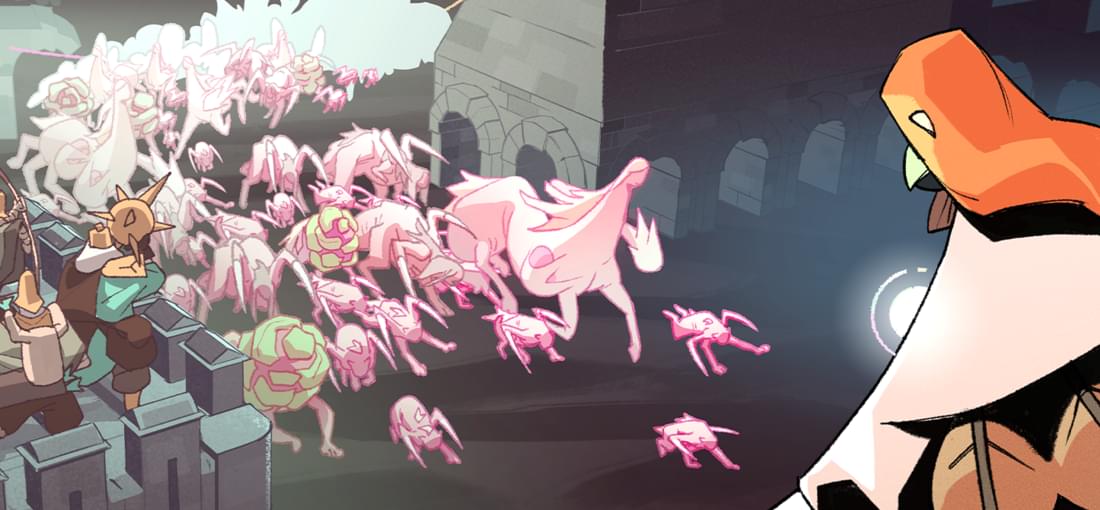
At time of writing the Steam workshop for the game does not allow anonymous downloads, so you are locked out of all community content if you buy on GOG. If not for this, it would be a 3/5. The campaign is good for an RTS. Not particularly challenging even on the highest difficulty, but there's enough to learn with the building and the fighting to be of interest, and it tells a decent story. Skirmish mode is a small number of fixed maps, so basically just more campaign mode with no story. Endless is (poorly) procedurally generated maps, and should be the meat of the game, but this mode cripples your economy development with a points system, forcing you to advance super slowly, to match the super slow increase in enemy wave difficulty (as compared to campaign missions). I'm sure it gets challenging eventually, but it's a slog to get there. Where campaign missions are three or four nights long, with endless you'll be going through tens of nights before hitting actually interesting enemy waves. The building system is nice, but from a functional perspective, once you've figured out how to make good walls, it's just repetition from that point.

Interactive movie. Nice visuals and sound design / music. Atmospheric, has a creepier atmosphere at times than some horror games I've played. Tells a basic story about corporate misdeeds and personal loss, the latter having some allegorical value. Minimalist storytelling, you don't get complete details or resolution on any of the story threads. Gameplay is the usual interactive movie stuff, follow a set of linear quests pressing buttons only when prompted to on screen. But the swimming and submersible controls are quite good, better than in some 'real' games I've played. I quite enjoyed tooling around in the ocean even before the story kicked in. It's short and more movie than game, so I would recommend picking it up on sale. The submersible can go up to the surface, do so from time to time.
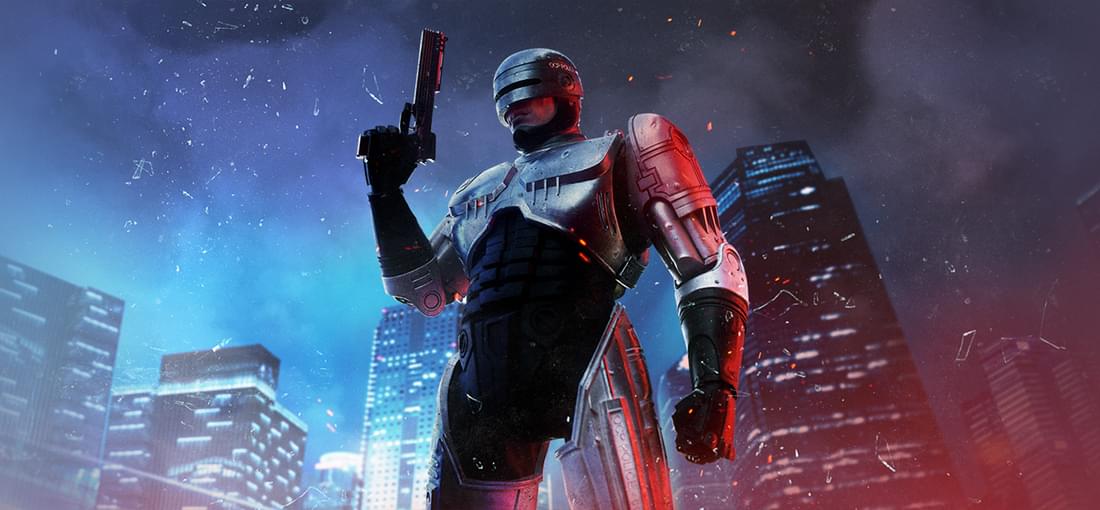
As a game taken in isolation, it's good. Not bad, but nothing too special. But as a movie license, it is by the far best movie license game I've ever played. It manages to be a good game in its own right while also being super faithful to the source material. Most adaptations from movie to game or game to movie feel like hangers-on, just mediocrity borrowing an established IP to cash in. But this is at least as worthy of the Robocop name as some of the original media.
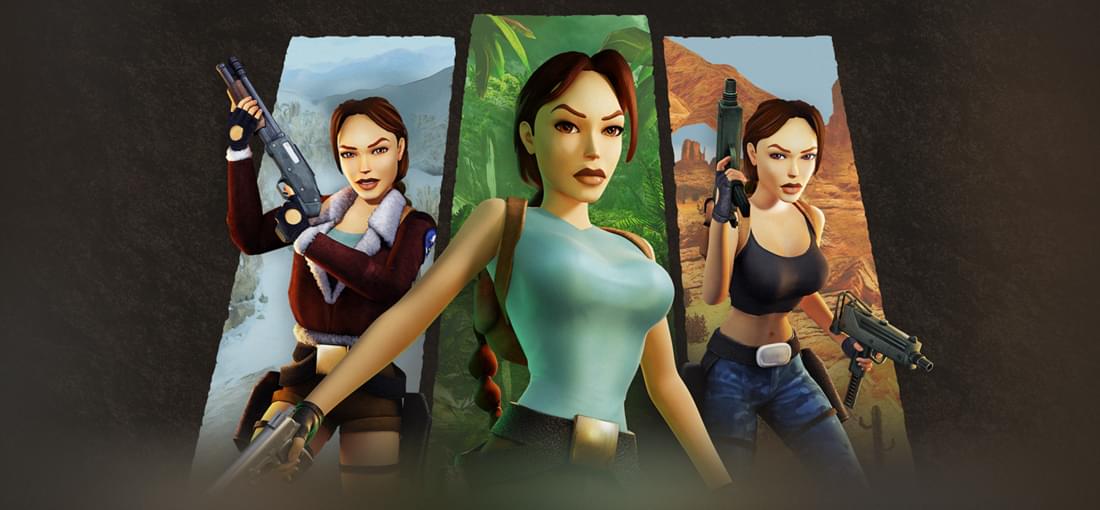
Looking at it purely as a remaster, I'm very impressed. As these are the original games underneath, I wasn't expecting much more than a texture upgrade. In fact, they have reworked the lighting, adding light sources as necessary to make the lighting logical. They've added a lot of 3D geometry for detail, e.g. vines and branches of trees and lamps to provide light. They also added some effects, such as subtle reflections on glass etc, some light fog. The cutscenes have animated faces now. The interpretation of the levels is excellent. The new lighting and added details make the levels look quite different in places, but they look how I imagine Core would've made them if they could've. There's some nice fixes, e.g. it has all the music intact despite being the PC version, the footstep sounds on the Maria Doria have been fixed, TR2's broken waterfall sounds have been fixed. TR1 has skyboxes, the braid, and the midair flips. It feels like they really 'got' the games, and did everything they could to express Core's original vision. I haven't seen everything in all three games yet of course, and I have no doubt there are imperfections in there, e.g. Floating Islands skybox. On the whole though, this basically fulfils my childhood dream of playing these games with the graphics from the FMVs. Please, for the love of god, do Last Revelation and Chronicles. Some other reviews have expressed some concerns: The EULA - I skimmed over it very fast and it did look bad, but these are worth the paper they're written on. Crystal's warning message - They didn't make the games, they didn't even make the remasters, and they'd be nothing without the franchise they appropriated from Core. And their contribution? To directly and explicitly call Core racists. They mad no-one likes nulara. Fine by me. "Modern" controls - work as well as you would expect (barely at all). As always for 28 years, ignore anyone criticising the controls, they should stick to Mario 64. Buy at full price.
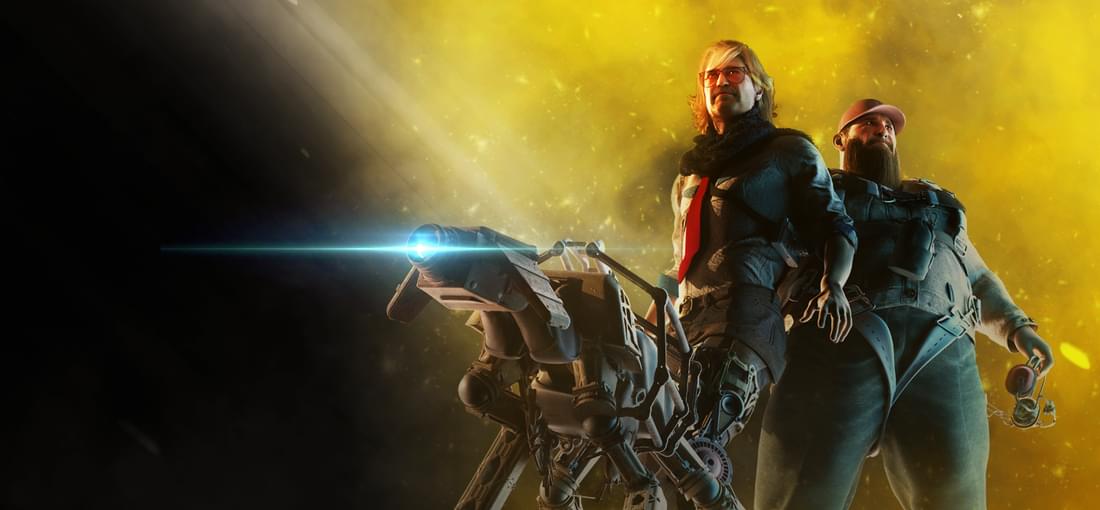
An ok point and click errand boy adventure through a moderately interesting sci-fi world. I liked the world and the story once I got into it. But then it just ended with no explanation as to what was actually going on or how any of it happened. Not 'it was vague and difficult to understand and open to interpretation'. Just... nothing. So be prepared for that. But it was a fun ride. Many reviews mention the ease of missing essential items. As long as you thoroughly explore each area it shouldn't be an issue. Most (but not all) are marked by faint expanding circles like a signal. But if you do miss an item, it will be a pain later, and you find the most random stuff at the most random times, so just being thorough is the only strategy. A similar signal effect usually marks areas on the world map where there is someone to talk to, so watch out for that if you're stuck. You can choose how to respond during conversations, but the options are essentially "Ask nicely and the total stranger will help you" and "Threaten to kill the stranger and they will explain why that isn't possible and then help you anyway". So, like most morality systems, you can just be a total asshole for absolutely no reason or... not. As to the morality system, which affects the ending, this direct quote from a developer about sums it up: "The decision to nuke the different factions doesn't really play into the karma, it is more about who Mark is as a person and how he treats the characters during discussions." If the game made sure you couldn't possibly miss items and had no dialogue choices it would probably actually have been better, though it basically wouldn't have been a game anymore. Still, the world was interesting, and I liked the characters, so I'm glad I played it.
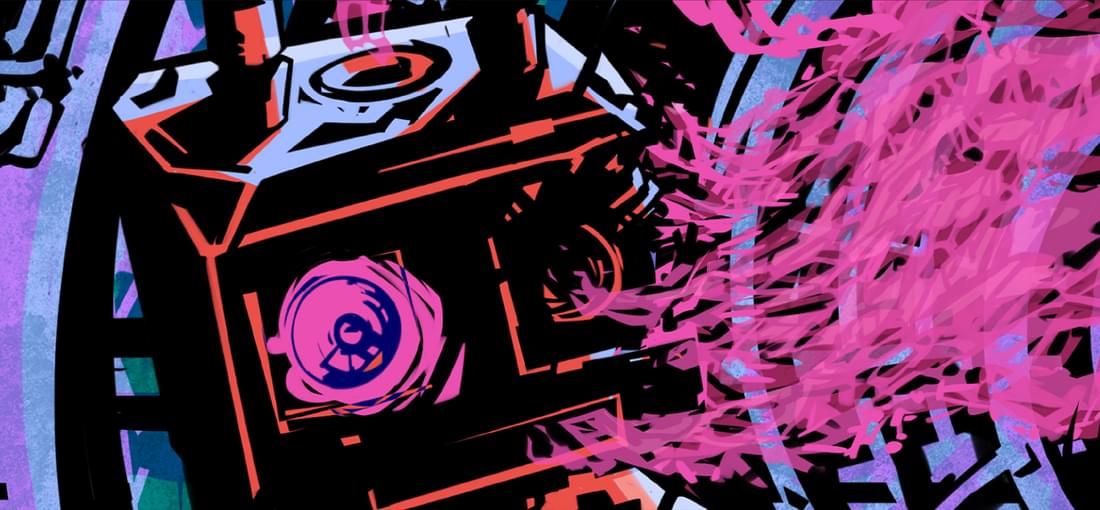
I would consider this a 'games as art' game due to how it expresses the feeling of being a disembodied conciousness via gameplay. I have nothing negative to say, not that the game is flawless, but rather than the flaws pale to irrelevance in the face of how good the game is. I would say the sales pitch is still a pitch, no the game will not "mess with your mind", you just move around by controlling things is all. But that's fine. I've never been able to find a definitive definition of what an immersive sim actually is, it's always been a bit vague, but I think this game is the definition.

A lot of people like this game. A lot of people like the film "Paranormal Activity". If you are the kind of smoothbrain who thinks a door opening is spooky or a light switch switching is scary, this is right up your alley and you can disregard my review. This game is a pixel hunt walking simulator. The main 'difficulty' comes from having to explore every nook and cranny of a quite large house to find necessary items - often with no clue of what you are even looking for. They are often well hidden so it is akind to pixel hunting in a 2D game. The bad: The only enemies are invulnerable and chase you around while you try to find stuff. You 'run' away from these enemies to avoid dying, but you can't go faster than a slow walk in the house (even holding the 'run' button). So, all enemies are defeated by casually strolling away. Wow, scary. There are no puzzles - there are set pieces which appear to be puzzles, but you are always given the answer. Where is this answer? On a piece of paper or similar that you have to find. It's not actually psychological horror. It relies entirely on jumpscares, from the minor (lights turning off) to the major (things popping out at you). There is some disturbing imagery, but without a context it's meaningless. Speaking of context, there is minimal story. Ironcially, given that the whole game is walking around looking for things, environmental storytelling isn't used much, it's all traditional cutscenes and recorded tapes. At no point did I care about what was going on. The good: Spooky atmosphere Some cool set pieces Pretty graphics The limited story is interesting The chapters are better than the house exploring I would strongly advise having a walkthrough on hand, to save you the pain of searching for stuff. This is the only game I have played in my life where I would suggest this. If you are a diehard fan of horror pick it up on sale and have a look. They were trying to make something good. Otherwise, skip.